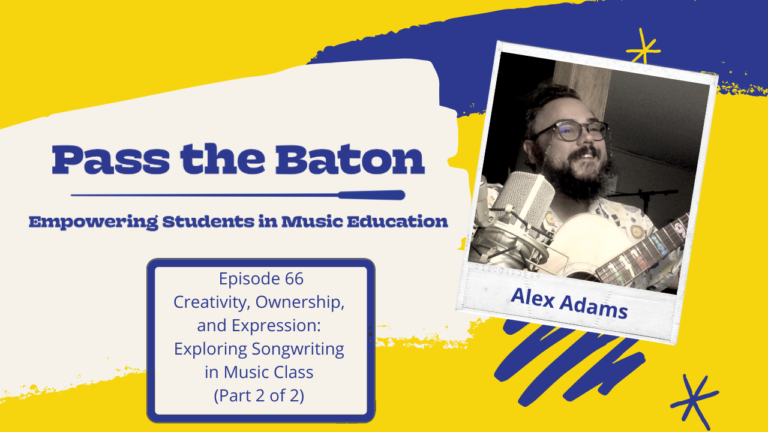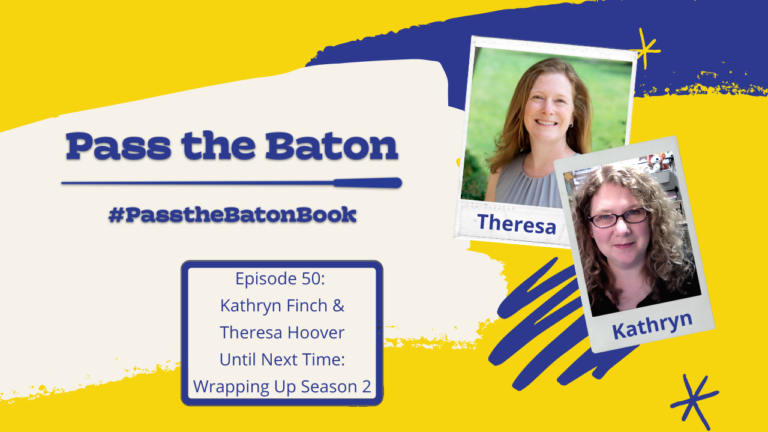This week’s interview features Brian Ackles, a vocal music teacher at Marcellus High School, in Marcellus, NY. Brian has taught in his current position for 20 years, and previously taught middle school and elementary school music. He received his bachelor’s degree from Westminster Choir College and his master’s degree from the University of Texas at San Antonio. In this interview, Brian talks about his student-centered choral program.
Brian’s first teaching job was in San Antonio, Texas, where he taught general music in two elementary schools. In one elementary school, Brain had to teach five kindergarten classes in the school cafeteria at the same time. Through this experience, Brian learned quickly about pacing and keeping the student engaged, making sure they were manipulating and working with the music. This was the first step in his student-centered journey.
Agile and Scrum
Later in his career, Brian learned from his computer-programmer son-in-law about a new program they were using called Agile Development and Scrum. The old method was the waterfall method; when you take things in chunks and work your way through a sequential process. Brian compared this to how he taught choir: he made the plans, determined what the students would do, initiated the plans, assessed, revised, and worked his way to the concert. However, with the Agile method, people work together in groups. The groups work on small parts to plan together, assess, make a plan, practice, evaluate what works and doesn’t work, then move forward. Brian has applied this method to his choir classes and has created a student-centered and Agile-centered classroom.
Teaching Out Loud
One thing Brian likes to do is teach out loud. He teaches his students the same way he works with student teachers, by always telling students why they do things and letting them see his process. Brian tells students the plan, the goals, how they will practice the piece, and how they will fix and reflect to prepare for the performance. So often teachers don’t share that information with students, but Brian has found value in modeling this process so students can learn it too.
Not only does this teaching method help students in their high school choral experience, it also benefits students who study music in college. Students know how to learn a new piece of music, they know how to break things down, and they know how to practice. Brian teaches his students how to do those things and why to do them.
Students Teaching Students
In Brian’s rehearsals, students frequently teach their peers. Many educators think they can’t spend the time to do this, but Brian has found once students learn how to operate this way, it goes almost twice as fast. The students determine what parts of a song they need to practice, then work together in groups. The energy in the classroom shifts. Students realize that their personal views and beliefs may be challenged, forcing them to compromise and learn to disagree with integrity. When students teach students, they help each other as they work together. This became especially useful during the pandemic, when many classes took place online.
Early in the school year, Brian explains to students that each is a subject-matter expert in some area. Every student has strengths to offer the ensemble. Some may excel at recognizing pitch or text errors, while other students may be good at conflict resolution. This reinforces that each student is valued in the classroom.
Sometimes at the end of rehearsal, Brian will have students create a lesson plan for the next class. After collecting the plans, he chooses one at random to use! This forces students to work hard on their plan and think like a director. He’s found this method to be very successful and the students really enjoy it too.
“Imagine if all the people in our ensembles thought like a director.”

Brian’s Advice to Teachers
Brian reminds us that as teachers, we are models first in everything that we do. When looking to shift to a more student-centered classroom, teachers should decide where they feel comfortable starting. The Agile Development Instructional Framework helps to provide a framework and terminology to start. Brian also recommends learning more about self-regulated learning, self-directed learning, and the experiential learning theory. The Kolb Educator Role Profile is helpful in providing insight into your instructional tendencies and presents information on how to shift teaching roles between the Facilitator, Expert, Evaluator, and Coach.
Be sure to check out the full interview to hear more about what this looks like in Brian’s classroom and some great anecdotes that are sure to inspire and encourage! A Student-Centered Choral Program
Connect with Brian and learn more:
- Email: brianoackles@gmail.com
- By Teaching We Learn – Students Teaching Students
- Agile Development Instructional Framework (ADIF) Sprints
- Purposeful Teaching Through Agile-Centered Instruction
- Promoting Student and Ensemble Autonomy The Individual Ensemble Musicianship Project
- Leading Voices: How Do We Actively Engage Students in Lifelong Music Learning and Participation?




